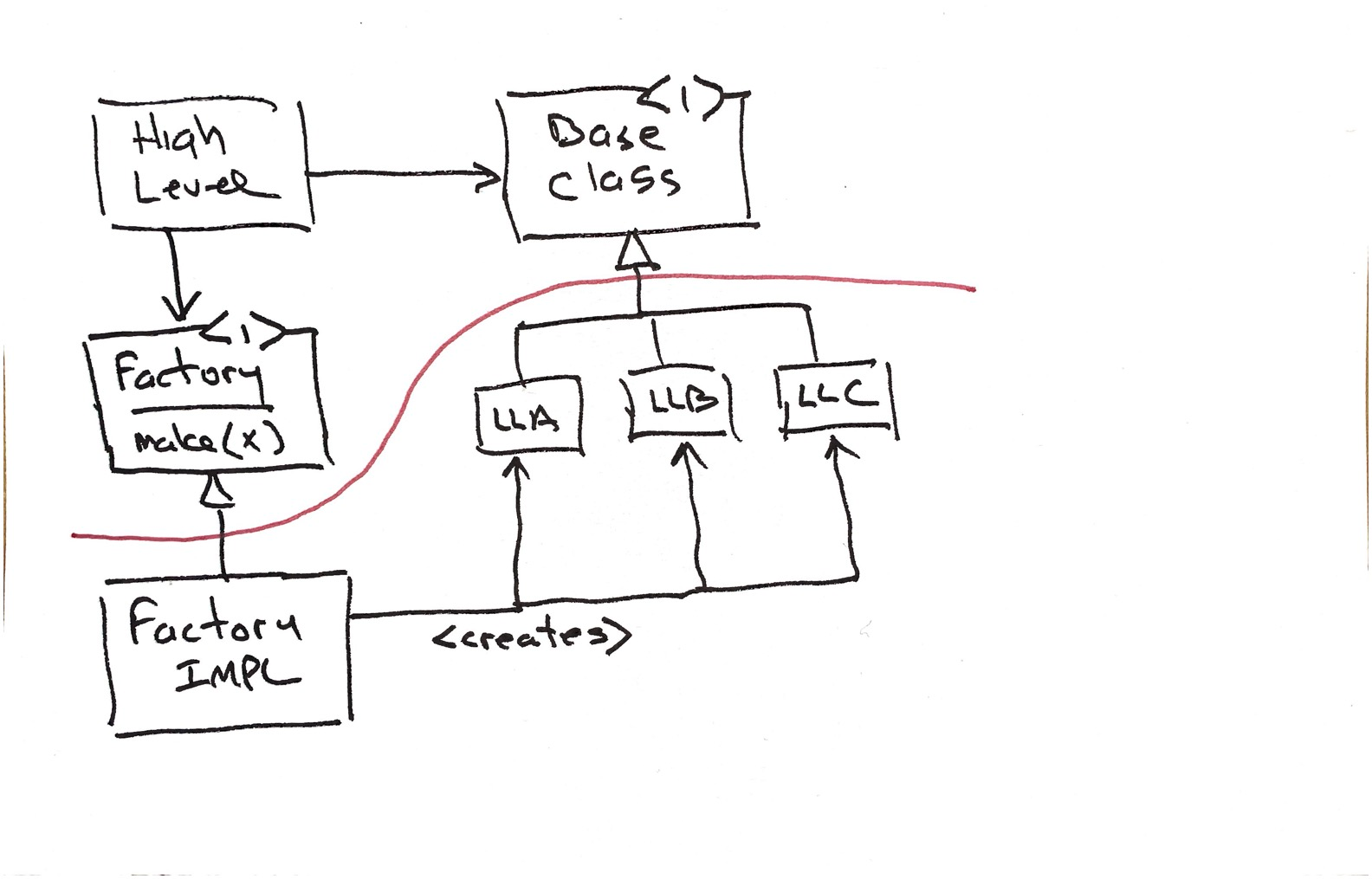Uncle Bob Isn't Always Right
April 28, 2021
Uncle Bob’s Latest Article
I’ve just read Uncle Bob’s recent article and must say I disagree.
Here’s a brief overview of the contents.
Someone on the internet asked how’d one go about refactoring this code.

Uncle Bob said that the right way would be to encapsulate this 'if' statement in a factory object.

He followed with:
Every business rule that would once have depended on an if/else/switch statement now has its own particular method to call in the base class
Usually, this would make for either a good design or at least a sensible compromise, although it still shouldn’t be your no-brainer solution. In this particular case, though, it’s neither of the two.
I see two main problems with this design for the original task dealing with genders.
- It’ll cause SRP violations.
- It’ll cause regressions.
Let’s take a deeper look. We’ll start with SRP.
God Objects
It’s quite easy to imagine some software using gender data to:
- generate an avatar in the UI, or
- top up the budget accounting for a woman’s possible maternity leave.
You’d have to include both these methods in the Gender class. This would be a SRP violation, no matter how you’d define it.
If you’ve read the full article, you must’ve noticed the Acyclic Visitor Pattern being talked about in the last sentence. It’s supposed to solve the problem of having to re-compile the Gender clients. It can also fix SRP violations. In this case, you’d have to create an interface with three implementations for each rule. In case a new gender appears, you’ll also have to make a new implementation for each interface.
Yet again, I can only speculate here. Judging by Uncle Bob’s idea to add new methods to the base class, we’re talking about an unpublished class.
If that’s true, barely anyone would waste this much time fiddling with the visitor. Even if they had, they’d realize, after writing a few dozen classes, that the visitor’s cost is inadequate for the job. That’s great if they think that, even, instead of just jumbling everything into one class. We’ll get back to this later, though.
Quantum entanglement
The second problem is caused by the cohesive logic being scattered through space, or at least among multiple classes.
Maybe across all the packages and modules, even. Uncle Bob says nothing about imposing any limitations on the gender hierarchy.
While criticizing the 'if’s-based option, Uncle Bob says:
The fact that they are replicated in many places is problematic because when such statements are inevitably changed, it is easy to miss some. This leads to fragile systems.
He’s approaching this in the exact same way, though, albeit at a different angle!
The root of all code analysis problems lies here as well. While you’ll be trying to understand how the avatar generation works, you’ll have to be switching back and forth between three files.
Are there any alternatives, though?
Fifteen years ago I would, with no doubts, suggest using algebraic data types. It’s easy to assume there’ll be a lot of new operations here, yet barely any new options.
Today, I’d have my doubts but would still stick with ADT. I can imagine a new gender appearing, but only in theory for now. You can be sure you’ll need new operations, though.
With modern programming languages (and even Java, at least almost), in case of ADT, compilers are at best as secure during compilation as interfaces. With a new type added, the program won’t compile until all the ifs and switches get it processed.
Speaking about dependencies' directions, HighLevel can depend on both an abstract and a concrete function alike:
class UI(private val generateAvatar: (Gender) -> Image)If you want, you can also wrap it in IAvatarGenerator and implement in AvatarGeneratorImpl.
Main thing is that in this case, the avatar generation method stays in the UI, while the budget calculation method stays in the services layer. What’s more, you’d be able to fit their code in just one screen.